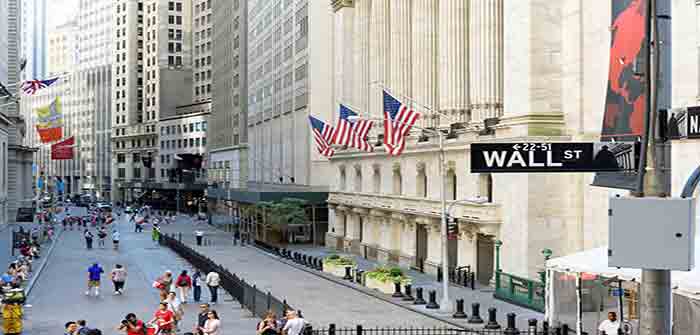
by Pam Martens and Russ Martens at Wall Street on Parade
When the Financial Crisis Inquiry Commission released their final forensic report on the causes of the 2008 financial collapse on Wall Street – the worst collapse since the 1929-1932 collapse – it pointed to hidden leverage in off-balance sheet entities at the megabanks on Wall Street as a key driver of the crisis. It wrote:
“From 2000 to 2007, large banks and thrifts generally had $16 to $22 in assets for each dollar of capital, for leverage ratios between 16:1 and 22:1. For some banks, leverage remained roughly constant. JP Morgan’s reported leverage was between 20:1 and 22:1. Wells Fargo’s generally ranged between 16:1 and 17:1. Other banks upped their leverage. Bank of America’s rose from 18:1 in 2000 to 27:1 in 2007. Citigroup’s increased from 18:1 to 22:1, then shot up to 32:1 by the end of 2007, when Citi brought off-balance sheet assets onto the balance sheet. More than other banks, Citigroup held assets off of its balance sheet, in part to hold down capital requirements. In 2007, even after bringing $80 billion worth of assets on balance sheet, substantial assets remained off. If those had been included, leverage in 2007 would have been 48:1, or about 53% higher. In comparison, at Wells Fargo and Bank of America, including off-balance-sheet assets would have raised the 2007 leverage ratios 17% and 28%, respectively.”
Citigroup, of course, blew itself up in 2008 and received the largest bailouts in global banking history. By March of 2009, its stock was trading at 99 cents.
The crash of 1929-1932 had two key similarities to today’s banking structure: so-called universal banks that took deposits as well as operated giant trading casinos that took huge risks by speculating in stocks and manipulating markets; and the lack of competent regulation.
The Banking Act of 1933, known also as the Glass-Steagall Act, effectively dealt with that crisis for the next 66 years by barring deposit-taking banks from merging with Wall Street trading houses. The Bill Clinton administration repealed that legislation in 1999 at the urging of Sandy Weill, John Reed (and their sycophants in his administration) in order for the two men to recreate the disastrous 1929 universal bank model via the creation of Citigroup. The other big players on Wall Street followed in lockstep in short order.
In January of this year, Anat Admati, Professor of Finance and Economics at Stanford Graduate School of Business, and German economist Martin Hellwig, released an updated and expanded version of their 2013 book The Bankers’ New Clothes: What’s Wrong with Banking and What to Do about It. In it, the authors write:…
Continue Reading